1. Plants That Wilt Quickly in Your Climate
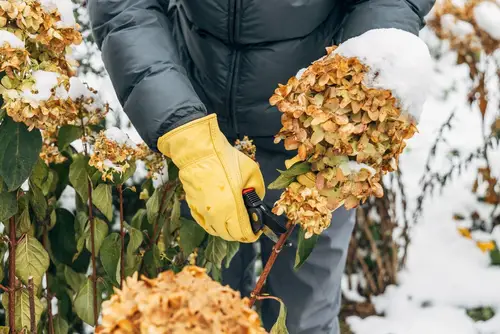
Planting flowers or greenery that don’t thrive in your specific climate is an easy way to harm curb appeal. Wilted, brown leaves and drooping stems give a neglected look, even if you’re trying to care for them. Some plants are just too thirsty, heat-sensitive, or cold-intolerant for certain regions. Making choices suited to your local environment saves headaches and keeps the yard vibrant year-round.
Ignoring climate compatibility often leads to constant replacement or overwatering. This not only stresses your wallet but also makes your garden look inconsistent. Choosing native or drought-tolerant plants ensures they flourish without daily intervention. Healthy, happy plants instantly make a property feel cared-for.
2. Overgrown Shrubs That Block Windows
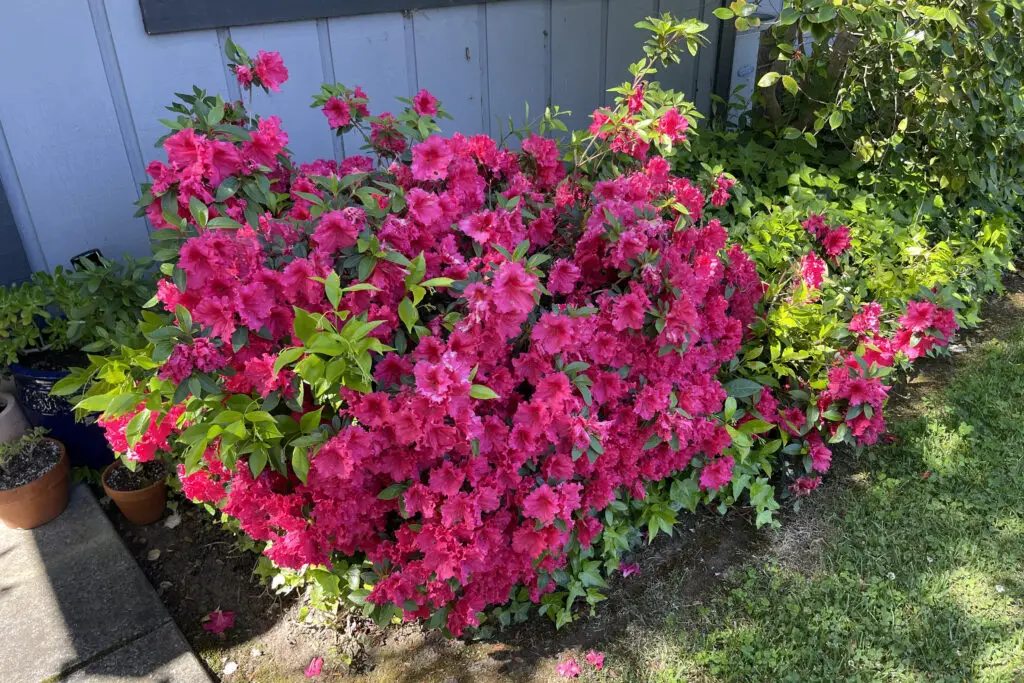
Shrubs can add charm to a home, but when they grow unchecked, they block windows and make the house feel closed off. Large, scraggly bushes can give the impression that the home is neglected or uninviting. They also create dark corners that might attract pests or collect debris. A well-maintained front yard requires shrubs that frame the home, not hide it.
Overgrown shrubs also make entryways feel cramped. Passersby and potential buyers often subconsciously judge homes with blocked windows as less welcoming. Trimming them regularly is essential to keeping the curb appeal intact. Choosing slow-growing or naturally compact varieties can prevent this issue from becoming overwhelming.
3. Invasive Vines That Take Over Everything
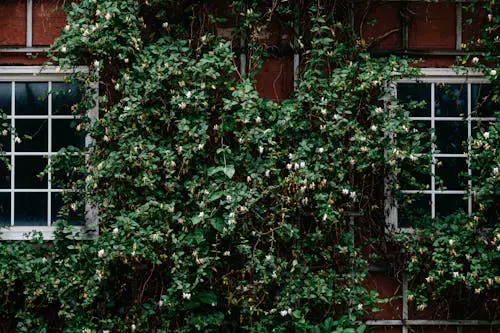
Vines can look charming climbing a trellis or fence, but some species spread aggressively and smother everything in sight. English ivy, for example, can climb walls and choke trees, creating a messy, unkempt appearance. What starts as a delicate accent can quickly become a dense, wild tangle. Uncontrolled growth can even damage structures and landscaping features.
Vines that overgrow also hide architectural details you may actually want to showcase. They can block light, reduce airflow, and attract pests. Regular maintenance is a must, or you risk them turning your yard into a jungle overnight. Choosing slower-growing, manageable vine varieties keeps the beauty without the chaos.
4. Huge Trees Planted Too Close to the House
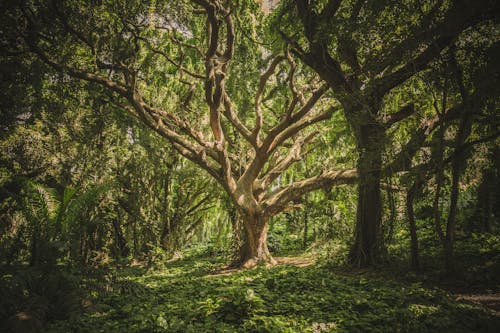
Planting a massive tree right next to the house might seem cozy at first, but it’s a long-term curb appeal nightmare. Roots can damage foundations and driveways, while overhanging branches block windows and gutters. Shade is nice, but too much can make the home look dark and gloomy. Over time, the maintenance costs skyrocket, leaving a negative impression.
In addition to structural issues, large trees can overwhelm the yard visually. They dominate the front space and dwarf smaller landscaping elements. Thoughtful placement, far from the house, ensures both beauty and practicality. Smaller or slower-growing species are often a better choice for curb appeal.
5. Weedy Ground Covers That Smother Your Garden
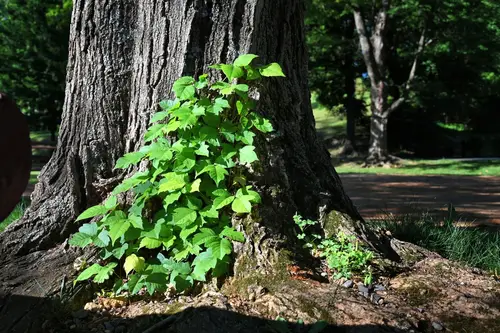
Ground covers like certain ivy or creeping plants can spread fast, but some are essentially just garden weeds in disguise. They invade flower beds, choke other plants, and leave a patchy, unkempt look. What’s meant to be lush greenery can end up looking like a poorly maintained lawn. Removing or replacing them is often more work than planting smarter alternatives.
Overgrowth can also hide soil and hardscape, making the landscaping appear cluttered. Unmanaged ground cover may encourage pests or harbor mold. Selecting tidy, low-maintenance options like moss or sedum can keep things looking intentional. Clean, well-defined beds always enhance curb appeal more effectively than sprawling weeds.
6. Thorny Plants Near Walkways
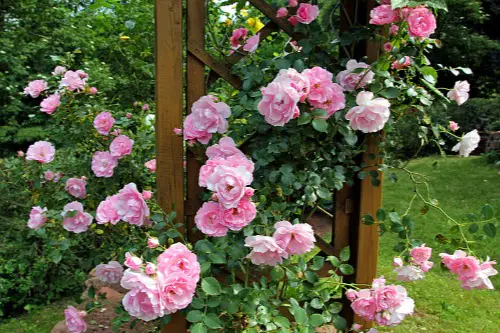
Roses and other thorny plants are beautiful, but planting them too close to a path is a safety and visual issue. Guests may avoid certain routes or get scratched accidentally, which leaves a negative impression. Even if the flowers are gorgeous, the placement can make the yard feel unwelcoming. It’s about balancing aesthetics with practicality.
Thorny plants also require constant maintenance to look tidy. Dead branches or dropped petals can create a messy appearance quickly. Choosing thornless varieties or planting them away from high-traffic areas keeps the yard safe and polished. Curb appeal is as much about accessibility as it is about beauty.
7. Plants That Attract Swarms of Bugs
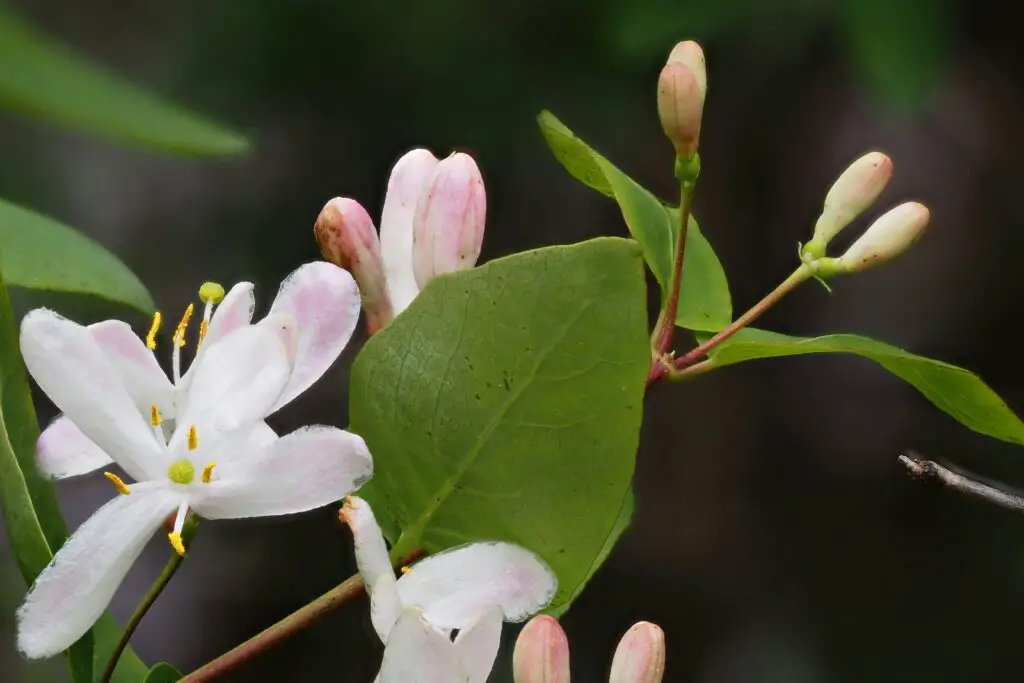
Certain flowering plants, while colorful, attract more pests than people. Sweet-smelling blooms like certain honeysuckles or overly fragrant gardenias can draw bees, wasps, or other insects in droves. While insects are a part of nature, a front yard swarming with them can be off-putting to visitors. Over time, this can make the property feel uncomfortable rather than inviting.
High-maintenance bug magnets require constant care to prevent infestations. Leaves may get chewed, flowers wilt prematurely, and the yard may look unkempt. Opting for pest-resistant plants keeps the landscape healthier and more appealing. The last thing you want is your curb appeal ruined by a swarm every spring.
8. Overly Tropical Plants in Non-Tropical Areas
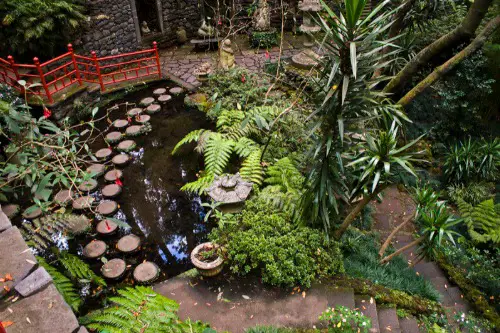
A palm tree in a northern climate might seem exotic at first glance, but it rarely survives winter and looks sad for months. Tropical plants planted outside their natural environment often struggle with temperature extremes. This leads to brown fronds, drooping leaves, or even total dieback. A plant that looks good only for a few months isn’t worth the long-term curb appeal hit.
Additionally, tropical plants may need frequent special care like frost protection or constant watering. This extra effort can easily lead to neglect if life gets busy. Instead, choose plants suited to your hardiness zone for consistent year-round greenery. A yard that thrives naturally always wins aesthetically.
9. Overcrowded Flower Beds
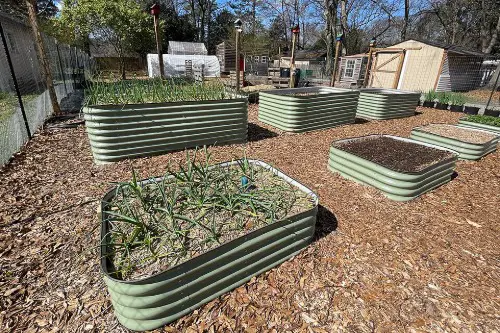
Cramming too many plants into a single bed can overwhelm the space and make it feel chaotic. Flowers compete for sunlight and nutrients, often resulting in weak, leggy plants. Passersby might see a jumbled mess rather than a carefully curated display. It’s better to give each plant breathing room to thrive.
Overcrowding also makes maintenance harder and increases the likelihood of disease. Dead or dying plants in tight clusters are more obvious and harder to replace. Spacing plants strategically allows for healthy growth and a polished appearance. Thoughtful design beats quantity every time.
10. Fast-Growing Annuals That Die Quickly
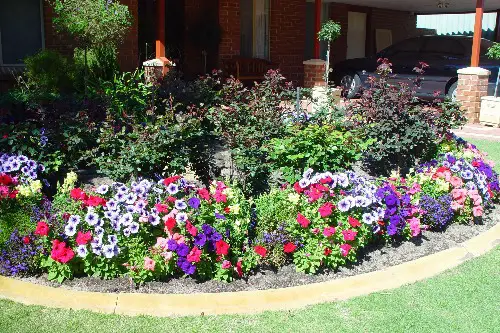
Annuals can provide bursts of color, but some grow fast and fade even faster, leaving bare spots behind. Without replanting every season, they leave gaps that scream neglect. Even when initially beautiful, rapid decline can make a garden look inconsistent and unfinished. Homeowners often underestimate the effort needed to maintain these high-turnover plants.
Fast-growing annuals also require frequent watering and fertilizing. If skipped, they look droopy or patchy within weeks. Perennials or slower-growing annuals give long-lasting appeal without constant work. Longevity matters when first impressions are at stake.
11. Plants That Drop Excessive Leaves or Fruits
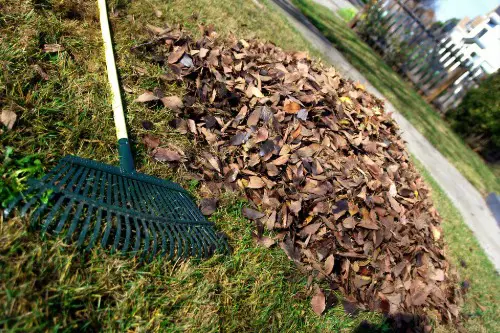
Trees like sweet gums or certain maples may look great, but they drop copious leaves or spiky seed pods. This creates extra cleanup work and can make the yard appear messy even after a morning of tidying. Fruit-dropping trees may stain driveways or attract unwanted wildlife. The aesthetic hit is often underestimated by casual gardeners.
Fallen debris also poses safety risks, like slippery leaves on pathways. Constant sweeping becomes a maintenance chore, detracting from the enjoyment of the yard. Opting for low-litter trees ensures the front yard always looks clean and inviting. Practical landscaping choices often outshine dramatic, messy options.
12. Plants With Dull or Monotonous Color
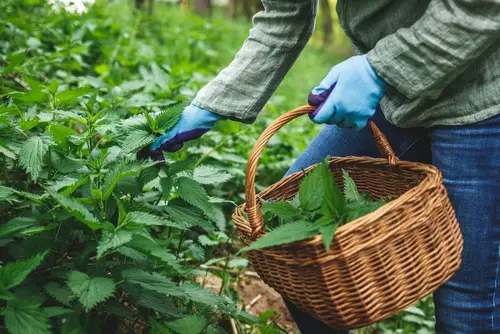
While greenery is important, a front yard dominated by a single shade can feel flat and uninspiring. Plants with similar green tones throughout can make the landscape appear lifeless. Without variation in color, texture, or bloom time, the yard lacks visual interest. Homes with vibrant, layered plantings tend to grab attention and look more cared-for.
Monotony also reduces seasonal impact. Adding pops of color or varied foliage ensures the landscape feels lively year-round. Even subtle contrasts can elevate curb appeal dramatically. Well-chosen combinations make the difference between “meh” and “wow” when someone walks by your home.
This post 12 Common Planting Choices That Kill Curb Appeal Immediately was first published on Greenhouse Black.
